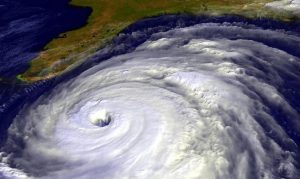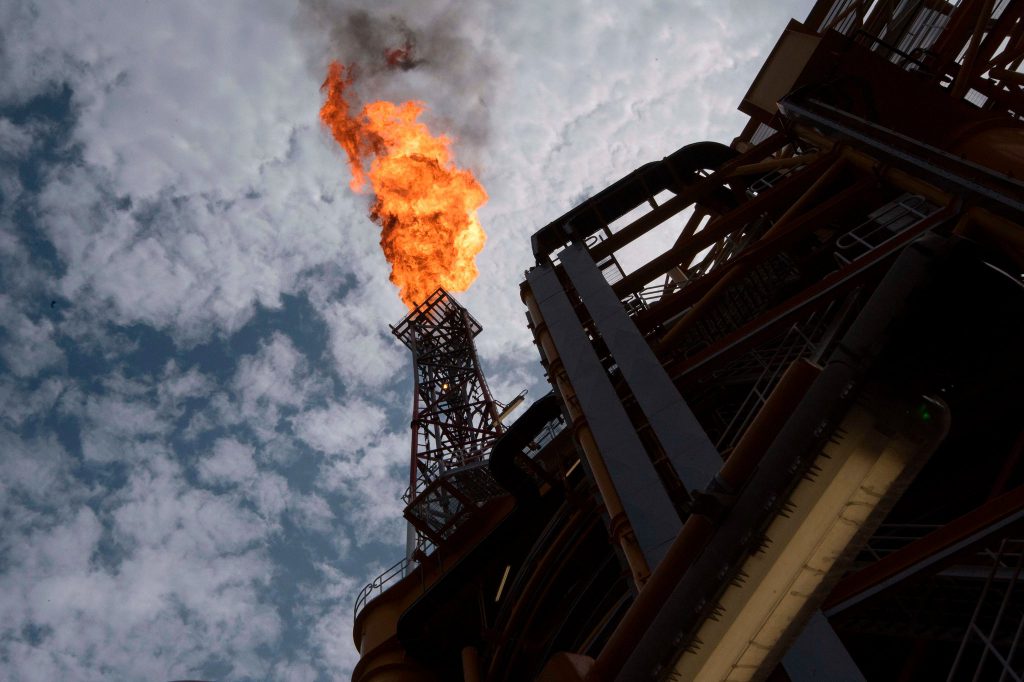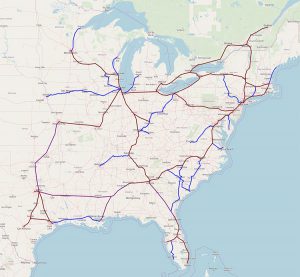
Quite likely, that the news of Oil’s decline will arrive long after it has actually begun to happen. That’s mostly the way most things work – just ask all the Hillbillies people Elegying worried that the demographics of the U.S. are changing!
Even so, BNP Paribas has startlingly concluded that the economics of oil “are now in relentless and irreversible decline”:
The report is good news for humanity because it means peak oil demand may be less than a decade away, which in turn means ambitious climate goals will be more affordable than previously thought.
But the bank’s analysis, “Wells, Wires and Wheels,” is devastating for Big Oil. It concludes that “the oil industry has never before in its history faced the kind of threat that renewable electricity in tandem with EVs poses to its business model.”
…
But one of the most startling findings is that because the cost of running EVs on solar or wind power is dropping so rapidly, the only way gasoline cars can compete with these renewable energy-powered EVs in the 2020s is if the price of oil were to drop to $11 to $12 per barrel. The current price of oil is over $50.
Even worse for oil, this economic analysis doesn’t even factor in many of the other benefits of running cars on renewable power rather than oil. These include the vast public health benefits of not breathing air pollution from burning oil, along with the benefits of not having huge oil spills and of not destroying a livable climate.
Couldn’t happen to a nicer, more thoughtful and civic-minded group. It would honestly have been much better had we just thanked them around 1967 and made the direct move to the obvious as it had already by then been long-imagined. But no. There were markets to dominate and profits to lose and wars to fund, thus the long drawn out halftime show that just embarrasses everybody with the need for enormous flags, jet flyovers and pale people in native costumes. Can’t enjoy this show and take no pleasure in their decades-late demise.









